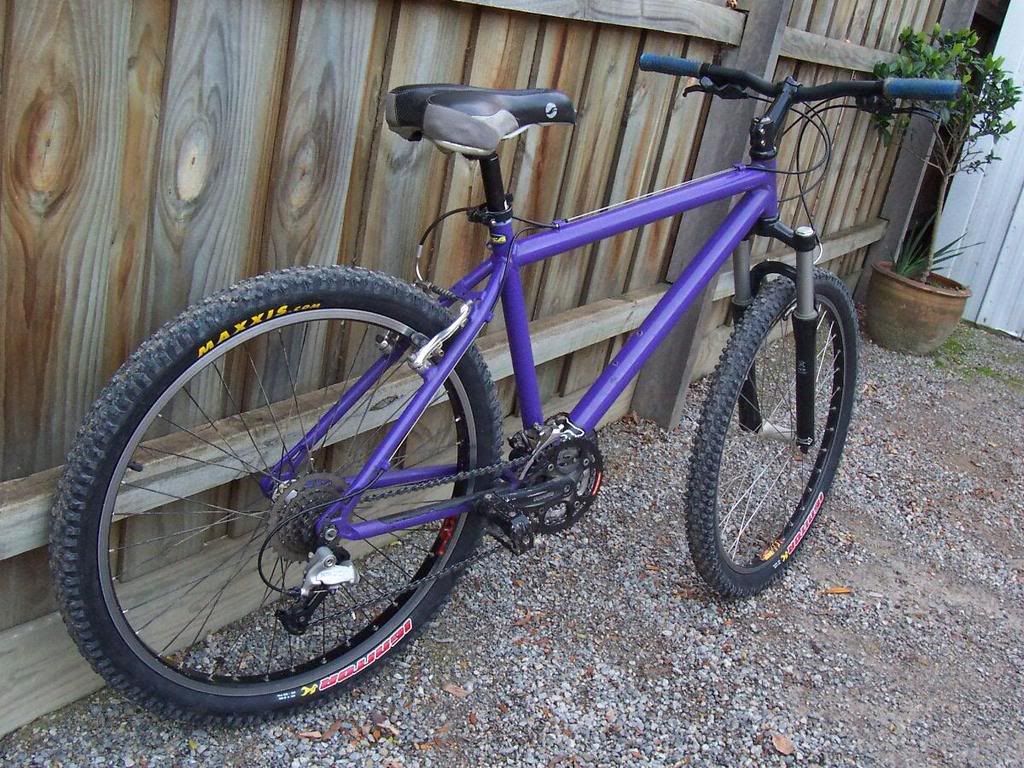hulsty
Likes Bikes
G'day all,
Recently started riding my bike again and have found the cranks creak on the BB (always did and needed constant checking), BB bearings are gone and need new pedals. Current cranks are Alivio on a square taper BB to a 7spd rear cassette.
I've been out of cycling for a while and am a bit of a noob to whats about now days, checking the shimano site all the sets are to suit mainly 9spd rear cassettes.
What is out there that I can use with my 7spd rear cassette ? I was hoping to pick up a used set of deore ish 2 pce cranks and a external BB from ebay to use as previous cranksets on square tapers didnt last that long anyways with me being 115kg.
Here is what I currently have.

Recently started riding my bike again and have found the cranks creak on the BB (always did and needed constant checking), BB bearings are gone and need new pedals. Current cranks are Alivio on a square taper BB to a 7spd rear cassette.
I've been out of cycling for a while and am a bit of a noob to whats about now days, checking the shimano site all the sets are to suit mainly 9spd rear cassettes.
What is out there that I can use with my 7spd rear cassette ? I was hoping to pick up a used set of deore ish 2 pce cranks and a external BB from ebay to use as previous cranksets on square tapers didnt last that long anyways with me being 115kg.
Here is what I currently have.

